Learning how to tell what key a song is in can be a little tricky at first.
You have to develop a good ear, understand the fundamentals of music theory, and make sure you’re familiar with various chord progressions and scales.
However, once you nail down your unique method, you’ll be on autopilot.
That’s why we’re breaking down 10 different methods (with pro tips) to help you tell what key a song is in easily and match your workflow, like:
- Playing along with the melody ✓
- Analyzing chord progressions ✓
- Using pitch-correction plugins ✓
- Applying the Circle of Fifths ✓
- Utilizing key detection software ✓
- Matching notes to a scale ✓
- Examining the bassline ✓
- Using the piano roll in a DAW ✓
- Transcribing the song ✓
- Listening for the resolution ✓
- Advanced techniques ✓
- Much more about identifying keys ✓
After this article, you’ll be able to identify the key of a song in no time.
This way, you can remix tracks all day, read music with confidence, and even collaborate more effectively with other musicians.
Plus, you’ll be able to harmonize and layer your sounds like a professional.
Not only will your music sound more cohesive, but your tracks will always stay harmonically consistent to make sure your audience really vibe to it.
So, let’s dive in…
Table of Contents
- What is a Key in Music?
- Major Keys vs. Minor Keys
- How to Tell What Key a Song is In: 10 Expert Methods
- #1. Play Along with the Melody
- #2. Analyze the Chord Progressions
- #3. Use Pitch-Correction Plugins
- #4. Apply the Circle of Fifths
- #5. Use Key Detection Software
- #6. Match Notes to a Scale
- #7. Examine the Bassline
- #8. Identify the Key Using the Piano Roll in a DAW
- #9. Transcribe the Song
- #10. Listen for the Resolution
- How to Tell What Key a Song is in: Final Thoughts
What is a Key in Music?
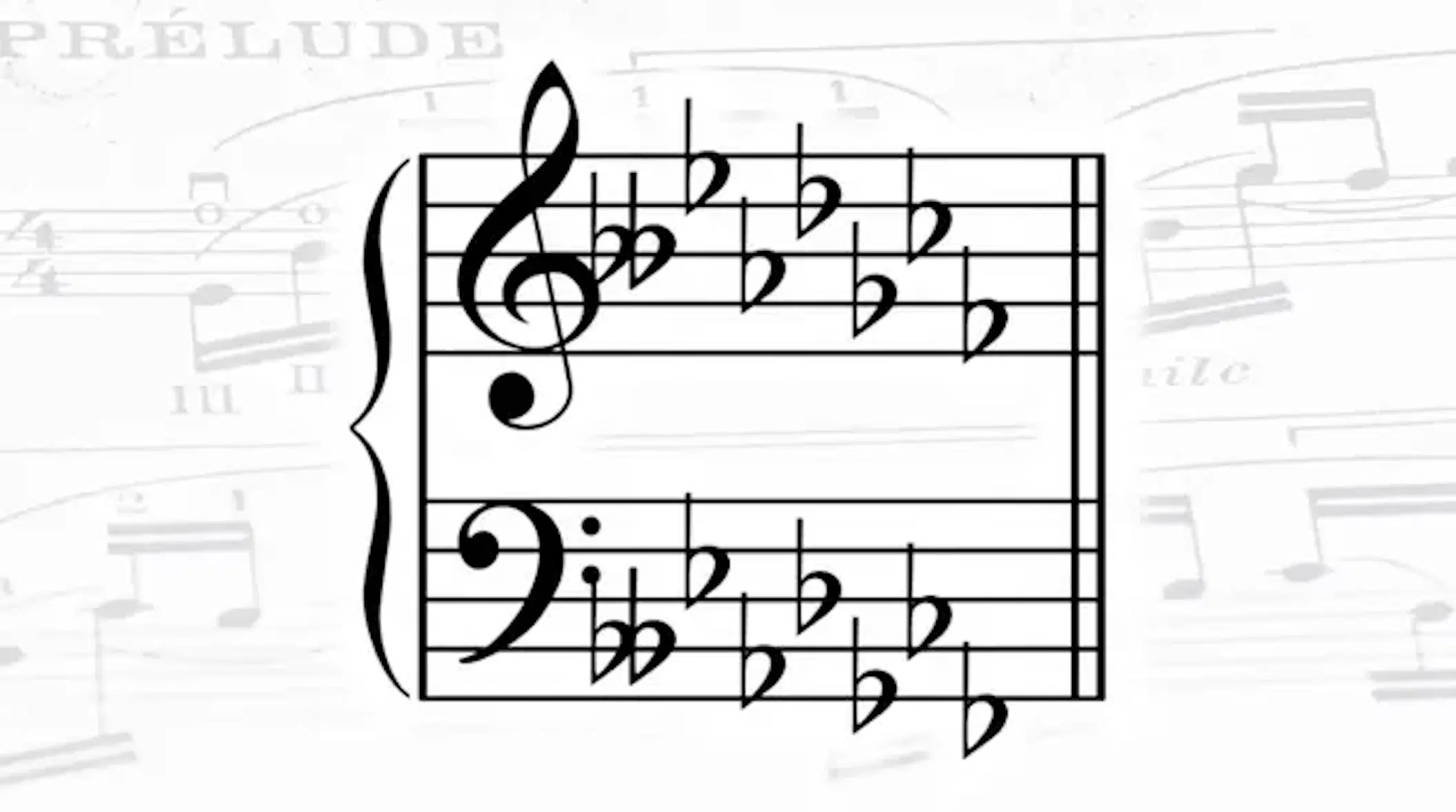
In the simplest terms, a key in music refers to the tonal center or the root note that a song revolves around.
This key defines the scale used (e.g., a major scale or a minor scale), and sets the emotional tone of the entire song.
For example, when a song is in the key of C major, the notes and chords within the C major scale will dominate, giving the song a bright, uplifting feel typical of major keys.
On the other hand, a song in A minor will primarily use the notes from the A minor scale, creating a sadder vibe that minor keys are known for.
The key of a song doesn’t just influence the melody 一 it also determines the harmonic structure, which makes it essential to understand when creating or analyzing music.
Most songs stick to one key throughout, but some may shift or modulate to a different key for added complexity or emotional impact.
Understanding the key is foundational for anyone working with music, whether you’re producing tracks, remixing, or even just trying to learn a new song by ear.
Don’t worry, we’ll be breaking it all down in detail so you can really get a solid picture.
Major Keys vs. Minor Keys
When comparing major keys and minor keys, the most obvious difference is their emotional tone. Major keys often sound bright and happy, while minor keys have a more melancholic or introspective feel. Let’s break it down.
-
Characteristics of Major Keys

Major keys are known for their uplifting, happy, and bright sound, which is why they are often used in pop songs and other genres that aim for positive emotions.
For example, the C major key is one of the most common major keys in Western music, and it uses the notes C, D, E, F, G, A, and B.
Songs in major keys tend to resolve on the tonic note or home chord, which gives them a sense of completeness or finality.
It’s really all about creating a strong memorable hook where the chorus lands on the tonic note, if we’re talking popular music genres.
Another example is the G major key, which includes the notes G, A, B, C, D, E, and F#.
A major key is loved for its versatility 一 transcending genres from pop songs to classical music and everything in between.
Understanding the distinct sound and structure of major keys can really help when trying to find the key of a song.
This is especially true when the melody and harmony naturally resolve to a major chord.
If a song sounds happy, you can bet your bottom dollar it’s most likely major.
-
Characteristics of Minor Keys
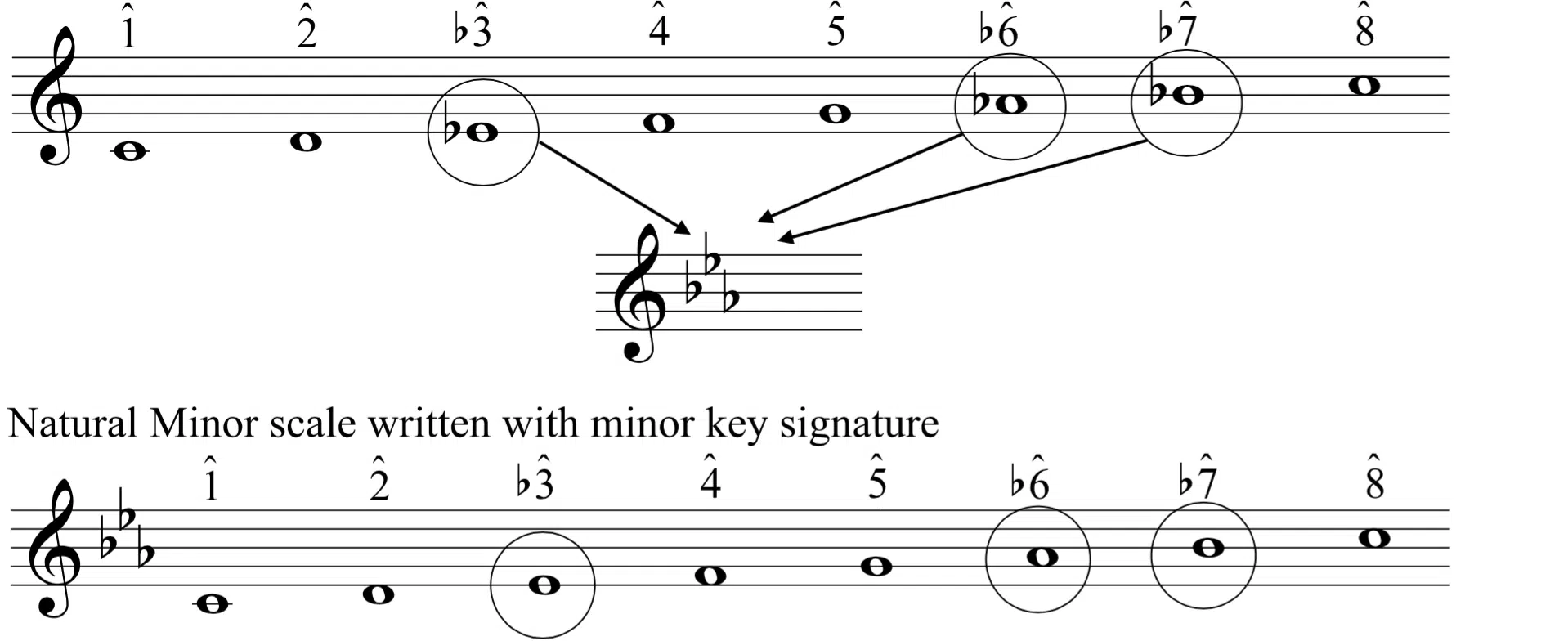
Minor keys, on the other hand, evoke a sense of:
- Melancholy
- Tension
- Introspection
- Sadness/depression
This is why many minor key songs are used in more emotional or dramatic chords.
For example, the A minor key uses the notes A, B, C, D, E, F, and G, creating a sound that is both haunting and beautiful.
Songs in minor keys often emphasize the tonic note but do so in a way that leaves a lingering sense of unresolved tension (EDM is actually a big one).
A common minor scale used in music is the E minor scale, which includes the notes E, F#, G, A, B, C, and D.
This scale is often used in G major key songs as a relative minor 一 adding even more depth and complexity.
Recognizing the characteristics of minor keys can be vital when trying to find the key of a song that doesn’t have an immediately uplifting or happy feel.
Very simple, very straightforward, just remember major = happy and minor = sadder, especially if you’re first starting out.
-
Relative Minor & Relative Major Keys
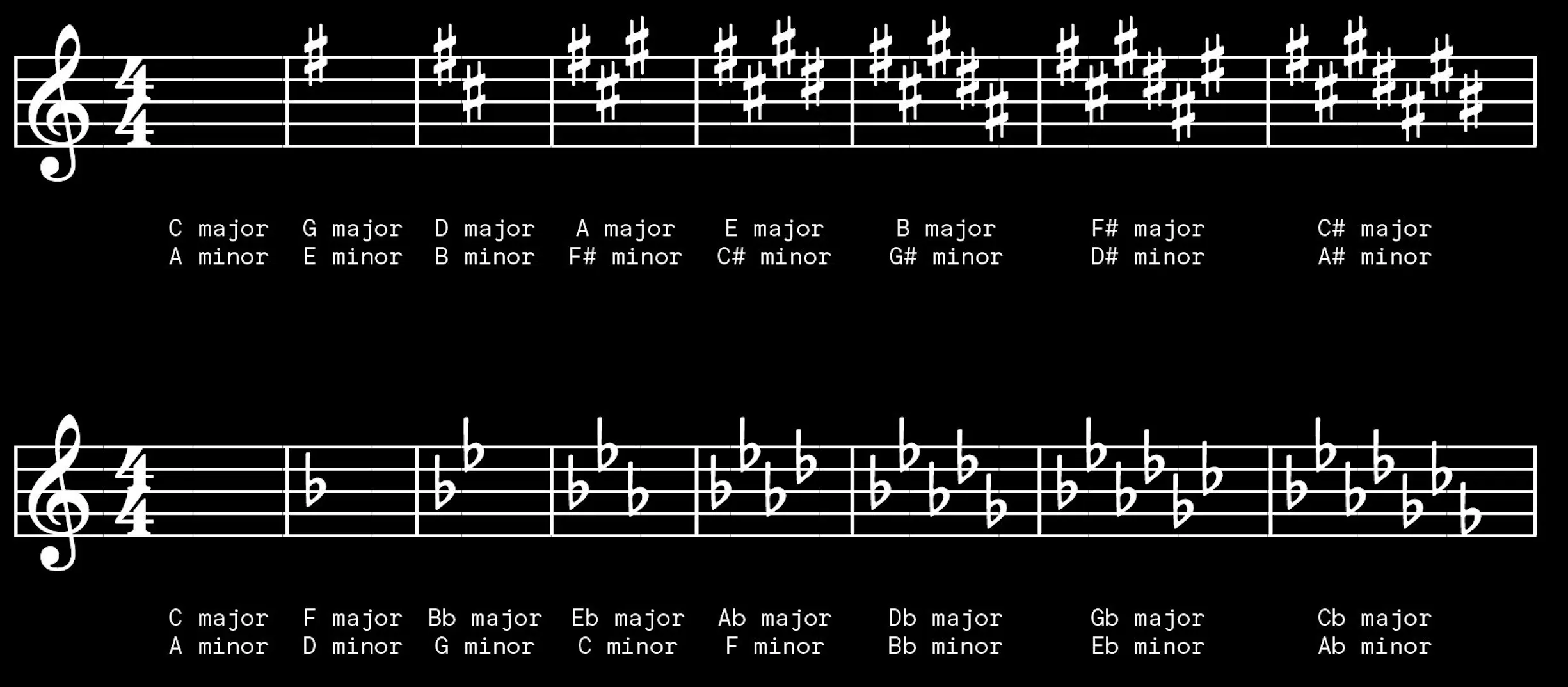
One of the most useful concepts in music theory is the relationship between relative minor and relative major keys.
Every major key has a corresponding relative minor key that shares the same key signature…
For example, the C major key has no sharps or flats, and its relative minor is A minor, which also has no sharps or flats (easy, right?).
Similarly, G major and E minor share the same key signature with one sharp.
When you’re trying to find the key of a song, and you’re unsure whether it’s in a major or minor key, just check if the melody or harmony tends to resolve on the tonic note of the relative minor key.
This trick can save you time and help you quickly identify the song’s key, especially when dealing with more complex compositions.
Understanding the interplay between major and minor keys is essential for any musician or producer looking to master key identification.
If you want to learn everything about relative minor and major scales, we’ve got you covered.
-
Pro Tip: Tonic Note & Relative Pitch
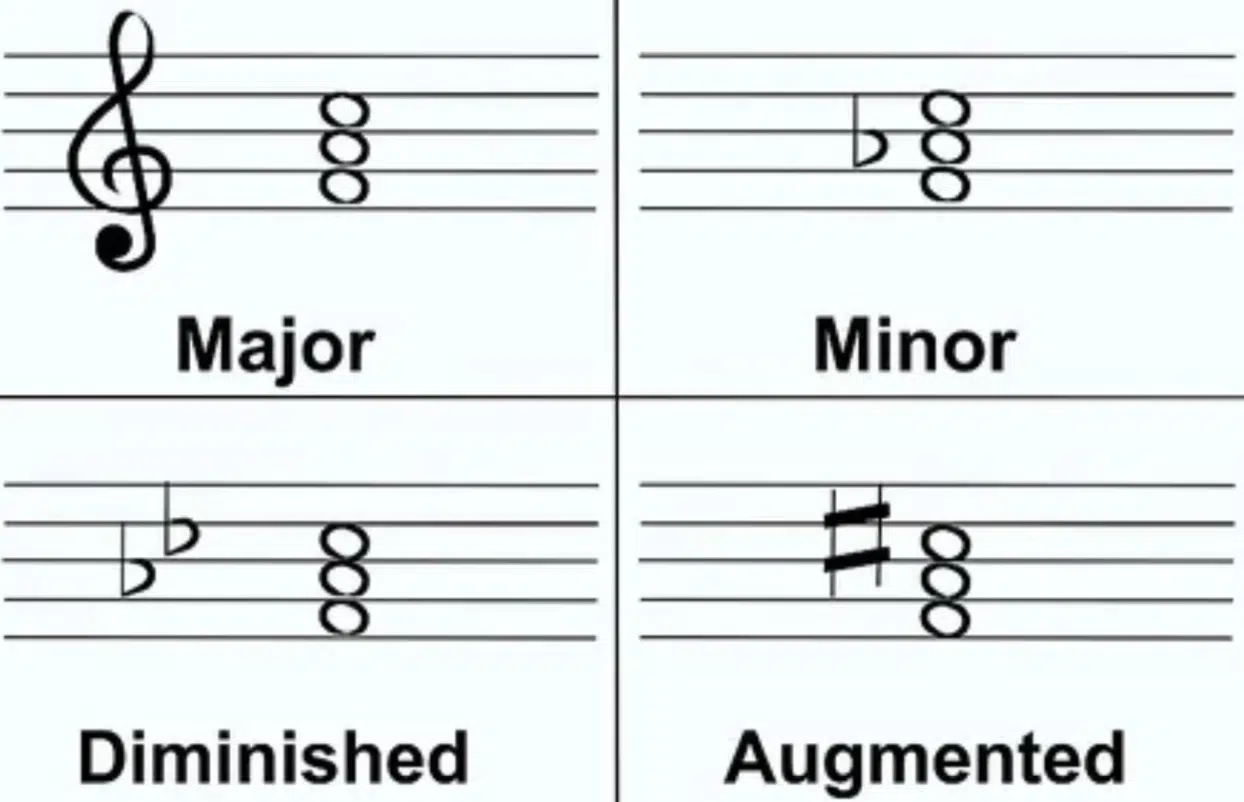
Before we dive into the specific methods for how to tell what key a song is in, let’s quickly breakdown two fundamental concepts that will help you learn how to tell what key a song is in:
- The tonic note
- Relative pitch
The tonic note is the first note of the scale on which a song is based, and it serves as the “home base” or tonal center of the music.
Finding the tonic note is often the first step in determining the key of a song.
Relative pitch refers to the ability to recognize the intervals between notes, which is really important for ear training/identifying the tonic note by ear.
When you combine these two skills, you can quickly pinpoint the key even without sheet music or other visual aids.
How to Tell What Key a Song is In: 10 Expert Methods
Now that we’ve covered the basics, let’s dive into the 10 proven methods for how to tell what key a song is in. Each one offers a different approach, so you can choose the one that fits with your unique workflow. Or even combine several for maximum accuracy.
#1. Play Along with the Melody
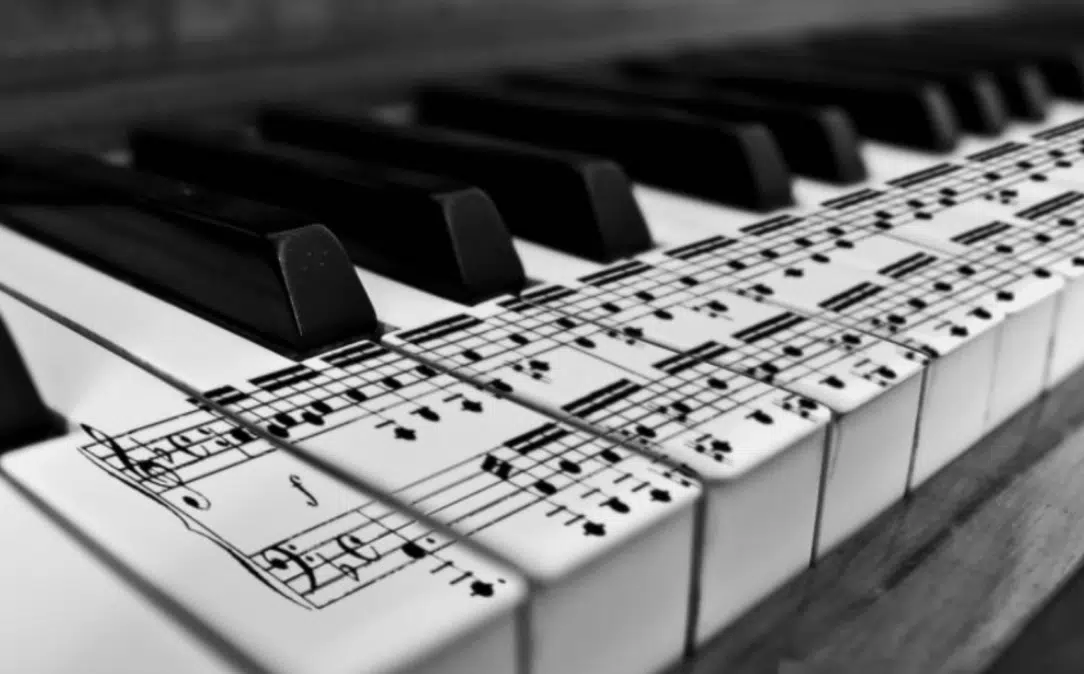
One of the simplest and most effective ways to find the key of a song is to play along with the melody on a musical instrument like a keyboard or guitar (if you have one).
Start by listening closely to the melody and then try to replicate it, note by note.
As you play, pay attention to the note that feels the most “at home” or resolved 一 this is usually the tonic note and indicates the key.
For example, if you’re playing along and find that the melody consistently resolves on C, the song is likely in C major or its relative minor, A minor.
If you notice that the melody resolves on a minor-sounding note, it might be in a minor key instead, so just keep that in mind.
This method works very well with pop songs, which often have straightforward melodies that make the tonic note easy to identify.
Remember, with the more popular genres, it’s all about being insanely catchy and getting stuck in people’s heads, so that can be a plus for you.
Playing along also helps solidify your understanding of musical scales and how they relate to key signatures.
The more you practice this method, the faster you’ll become at identifying the key of a song by ear, so no slacking.
- Pro Tip For Learning How To Tell What Key a Song is in With This Method
If you’re having trouble identifying the tonic note, try playing a simple major chord or minor chord over the melody. If the melody harmonizes well with a major chord, the song is likely in a major key. On the flip side, if it fits better with a minor chord, you’re probably dealing with a minor key.
#2. Analyze the Chord Progressions
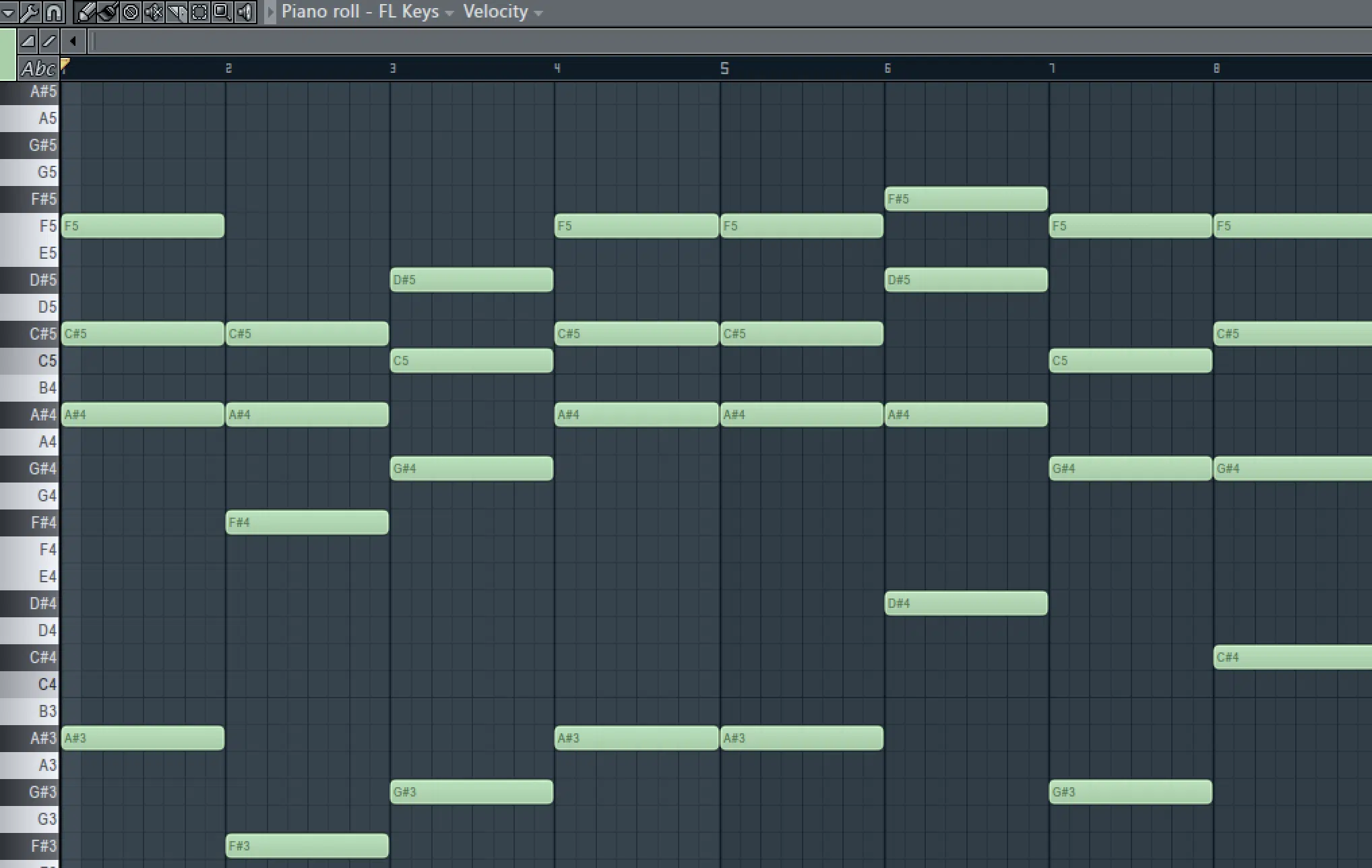
Another solid way to find the key of a song is by analyzing its chord progressions because most songs follow specific chord progressions that are tied to a particular key.
Let’s take, for instance, the I-IV-V chord progression, such as C-F-G in C major, because it’s one of the most common chord progressions in popular music and strongly indicates the key of a song.
To start, listen to the song and write down all the chords you hear.
Once you have the list, compare it to the chord chart for various major and minor scales.
If most of the chords fit within the C major scale, for example, the song is likely in C major (pretty simple, right?).
Don’t forget to consider the relative minor when analyzing chord progressions…
If you notice a lot of minor chords that fit the pattern of A minor, the song might be in that minor key instead.
Analyzing chord progressions not only helps you determine the song’s key but also deepens your understanding of music theory and how chords work within different musical keys.
- Pro Tip For Learning How To Tell What Key a Song is in With This Method
Sometimes, songs use borrowed chords from outside the primary key signature, which can make identifying the key trickier. In this case, focus on the home chord or the last chord in the progression, as this will often resolve to the tonic note and reveal the key.
#3. Use Pitch-Correction Plugins
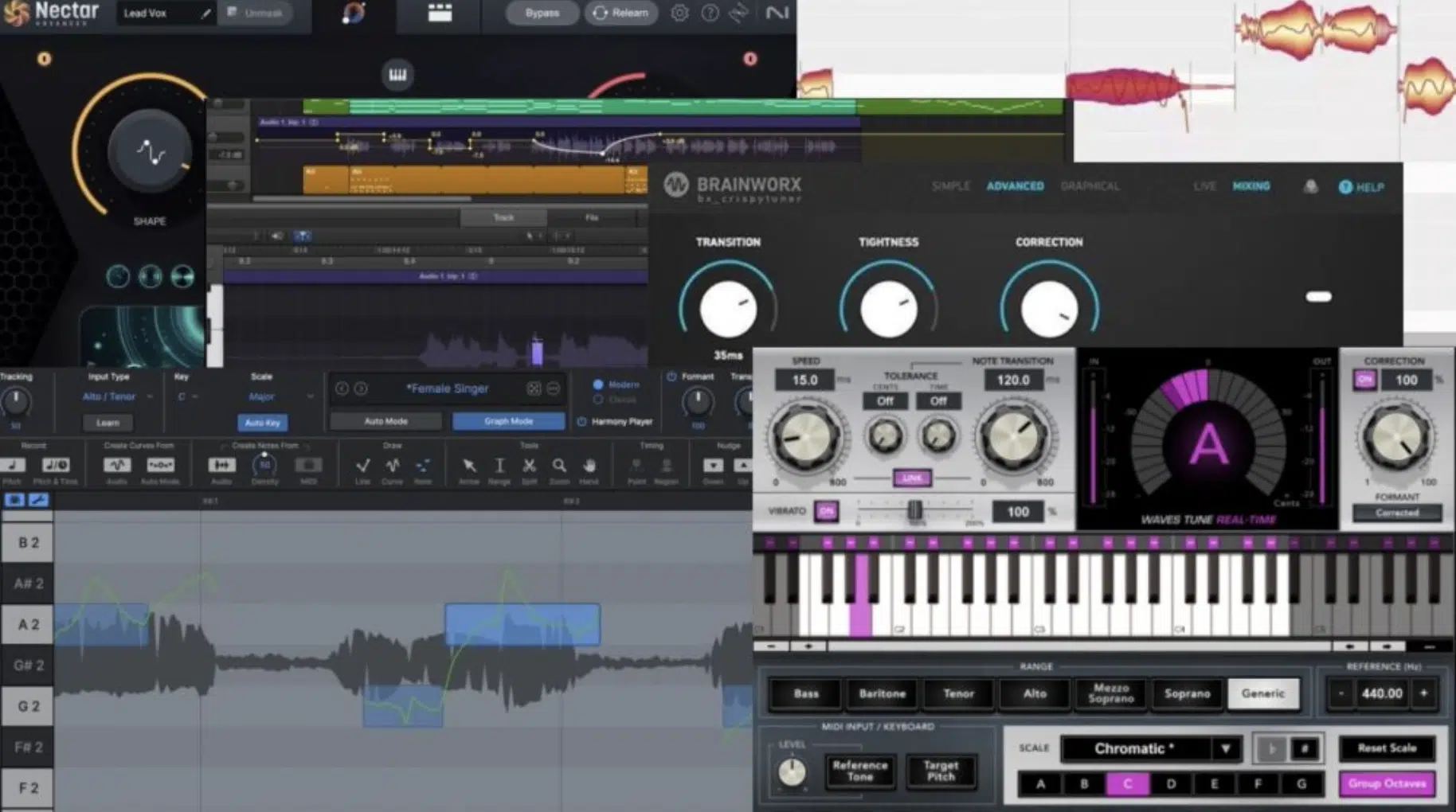
If you’re working with digital audio, like most of you are, using a pitch-correction plugin like Auto-Tune or Melodyne can make identifying the key of a song incredibly easy.
Pitch correction plugins are designed to detect the perfect pitch of a vocal or instrumental line and display the detected notes on a keyboard interface.
So, if you think about it, it’s your shortcut to learning how to tell what key a song is in.
Simply load the audio file into your DAW and apply the pitch-correction plugin and check out as it highlights the notes used in a melody.
In other words, it shows you which notes are most prominent…
For instance, if the plugin consistently detects notes from the G major scale, the song is likely in G major.
This method is especially useful if the song has a complex melody or if you’re working with samples where the original key signature is unknown.
Plus you don’t have to deal with any music theory at all (which is great).
It’s also a great way to confirm your ear-based key identification and make sure everything is accurate and on point.
Plugins like these are invaluable tools in modern music production 一 helping you quickly and accurately determine the key of a song without any ear training.
- Pro Tip For Learning How To Tell What Key a Song is in With This Method
Some pitch-correction plugins can also detect microtonal variations and other nuances in pitch. Use this feature to double-check the tonic note and confirm whether the whole song is in a standard major or minor key, or if it involves more complex harmonic elements.
#4. Apply the Circle of Fifths
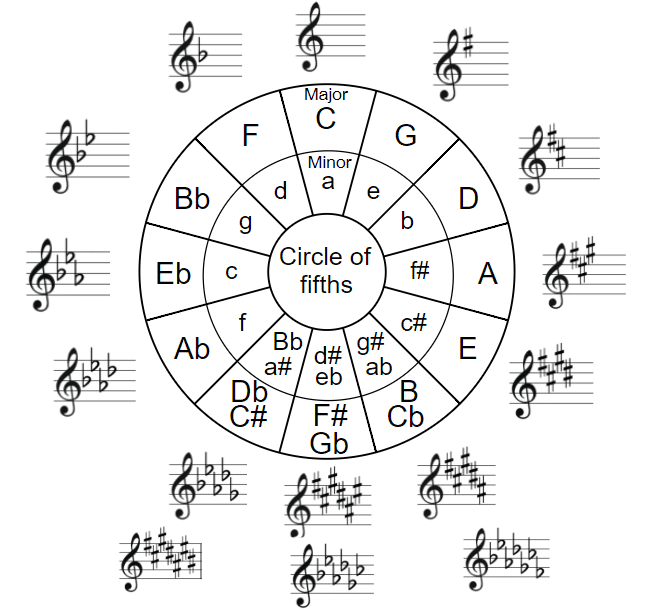
The Circle of Fifths is one of the most powerful tools in music theory for understanding the relationships between different keys.
If you’re unaware, the Circle of Fifths is a visual representation that shows the progression of key signature in intervals of fifths, both in the major and minor keys.
To use the Circle of Fifths to find the key of a song, start by identifying a few key chords or notes from the song.
Then, match these to the corresponding positions on the circle.
For example, if you find that the song contains C major, G major, and D major chords, you’re likely dealing with a song that’s in the key of C major or G major.
The Circle of Fifths is also helpful for understanding modulation 一 the process of shifting from one key to another within a song.
By familiarizing yourself with the Circle of Fifths, you can quickly identify a song’s key changes (when you change keys) and understand how different musical keys relate to each other.
This method is especially useful when working with sheet music or when trying to compose harmonically rich tracks that might involve multiple keys.
If you’re producing digitally, you don’t really need to know about it, because your DAW will do everything for you, but if you play the keyboard, it’s amazing.
- Pro Tip For Learning How To Tell What Key a Song is in With This Method
Use the Circle of Fifths to also identify relative minor keys. For instance, if a song is in C major, its relative minor is A minor. It’s super useful when you want to add emotional depth to your tracks by exploring both the major and minor tonalities.
#5. Use Key Detection Software
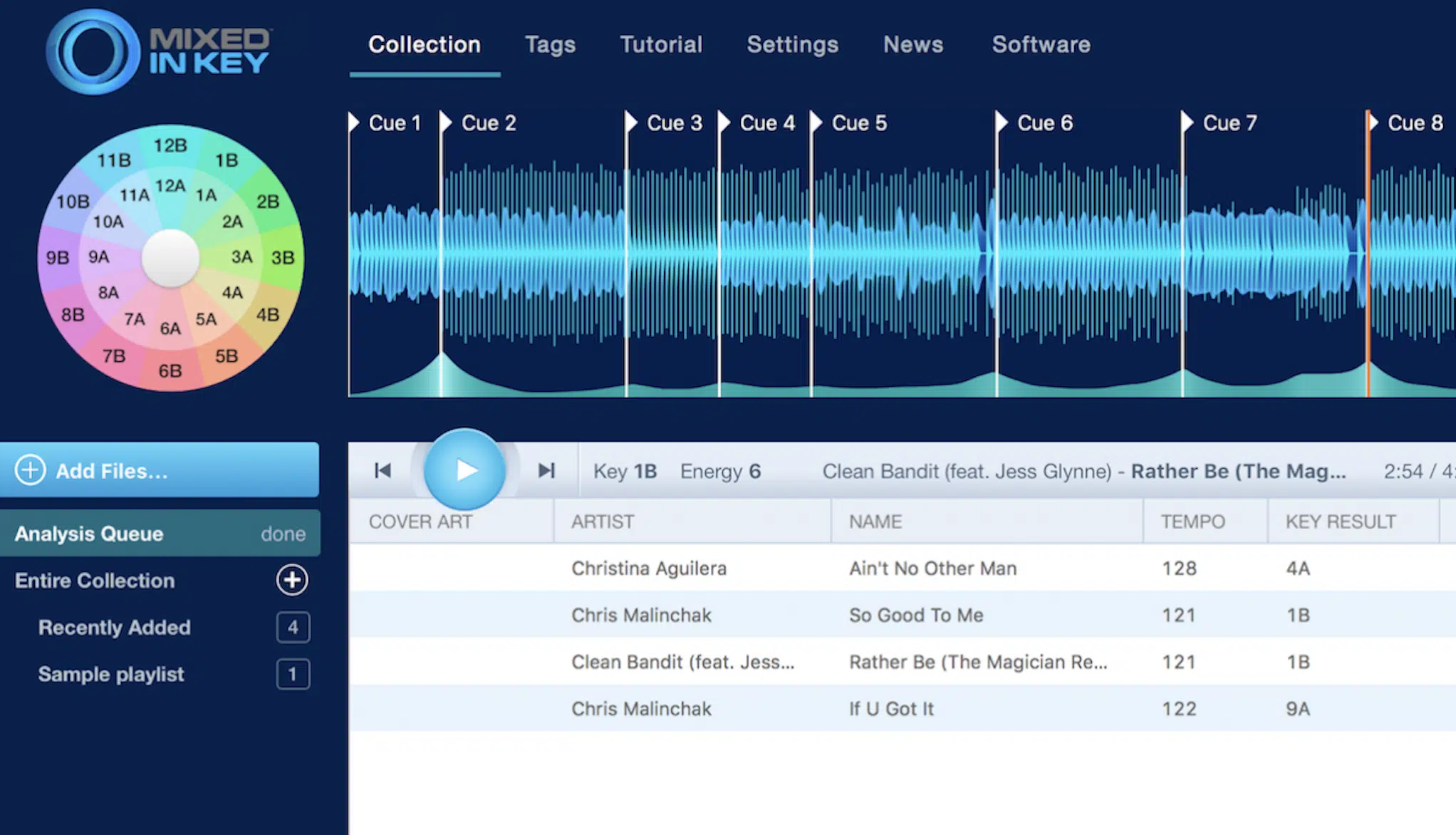
Key detection software is another great tool, with programs like Mixed in Key analyzing any audio file and instantly telling your the key of a song.
This software is especially useful for those who need to match keys quickly and accurately, like:
To use key detection software, simply load your audio file into the program.
It’ll scan the file and provide you with the key signature, telling you right away whether the song is in a major or minor key.
For example, if you’re working with a track that the software identifies as E minor, you can confidently match it with other tracks or elements in E minor or G major.
Which is, as you now know, its relative major key.
Using software will, of course, save you time and ensure precision, particularly in complex projects where manually identifying the song key might be challenging.
It’s perfect for maintaining harmonic coherence across your entire production process.
- Pro Tip For Learning How To Tell What Key a Song is in With This Method
Always double-check the results from key detection software by using your ear or other methods, especially when working with tracks that feature modulation or borrowed chords. This helps avoid potential mismatches when mixing or composing.
#6. Match Notes to a Scale
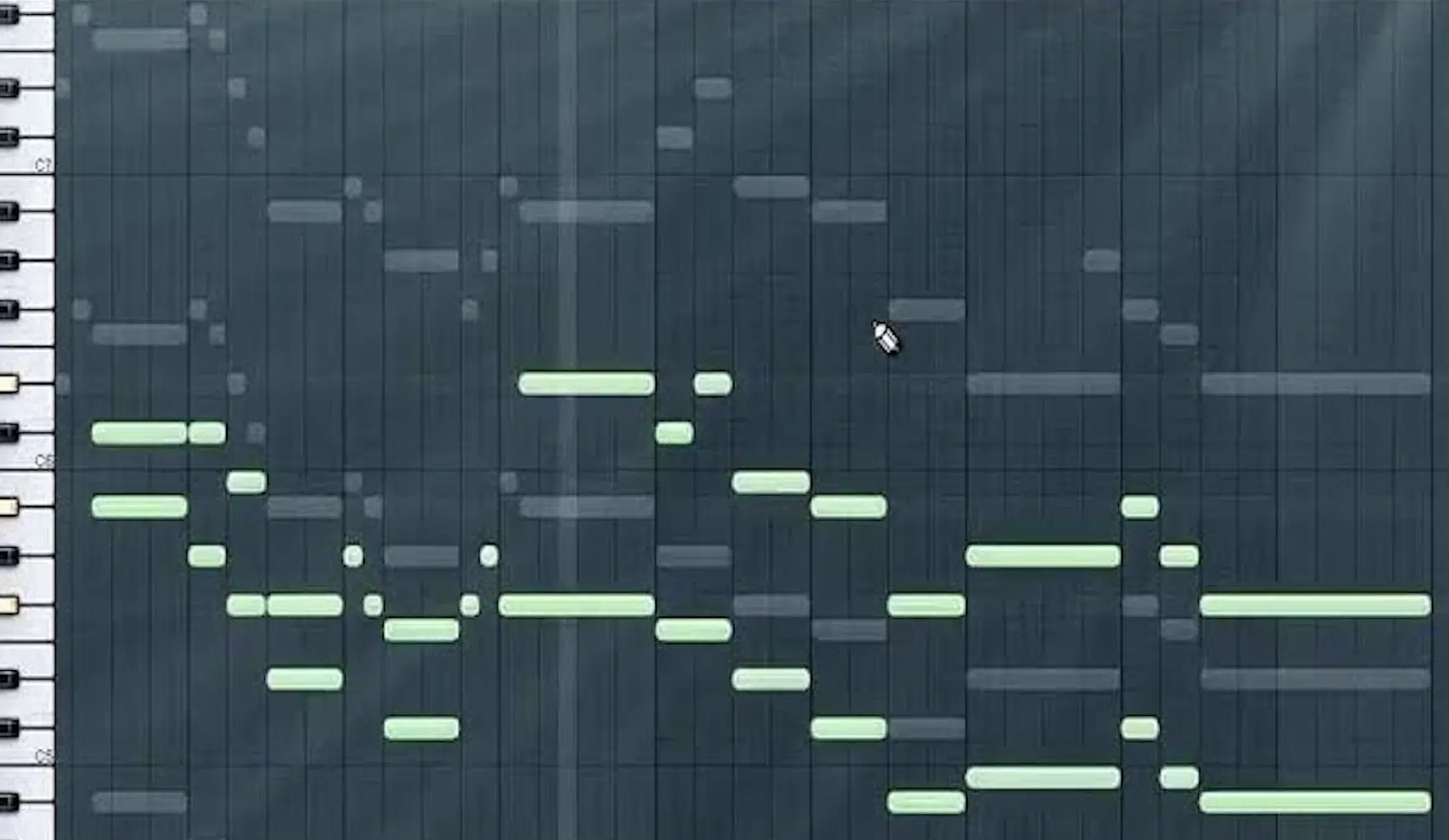
Matching the notes in a melody to a specific scale is another great way to scope out the key of a song.
Simply identify as many notes as you can from the melody or a prominent musical line and once you have a list, compare these notes to the standard major and minor scales.
If all the notes align with the C major scale (C, D, E, F, G, A, B), then the song is likely in C major.
On the same tip, if the notes fit the A minor scale (A, B, C, D, E, F, G), you’re dealing with a song in A minor.
It’s super useful for identifying the key in popular songs with more complex or non-standard chord progressions.
Also, it’s a great way to confirm the key after using other methods like ear training or chord analysis.
By matching notes to their corresponding scale, you gain a deeper understanding of the tonal center of the music, which is essential for both composition and performance.
- Pro Tip For Learning How To Tell What Key a Song is in With This Method
If the notes of the melody fit multiple scales or keys, focus on the tonic note (remember, this is the note that feels most resolved). This note is usually the key to determining the major or minor key of the song.
#7. Examine the Bassline
The bassline of your song can be a reliable indicator to help you learn how to tell what key a song is in because it usually emphasizes the tonic note.
For this method you’re going to listen closely to the bassline and identify the notes that are most frequently played or emphasized.
These notes are often the root notes of the chords in the song’s key.
For example, if the bassline mainly features the notes E, A, and B, the song might be in E minor because of the tonic note.
It would, in turn, let you know that E minor is the song key.
NOTE: It’s great if you’re working with genres like rock, funk, hip-hop, a pop song, etc., where the bassline plays a key role in defining the tonal center.
It’s also a great way to cross-reference the key after using other methods, such as analyzing chord progressions or playing along with the melody.
Understanding the relationship between the bassline and the tonic note is key when it comes to finding the key of a song (no pun intended) especially in more rhythmically complex tracks.
- Pro Tip For Learning How To Tell What Key a Song is in With This Method
If the bassline is obscure or if the whole song modulates between different keys, focus on the first chord and the last chord played by the bass. These chords often highlight the tonic note and confirm the key of the song.
#8. Identify the Key Using the Piano Roll in a DAW
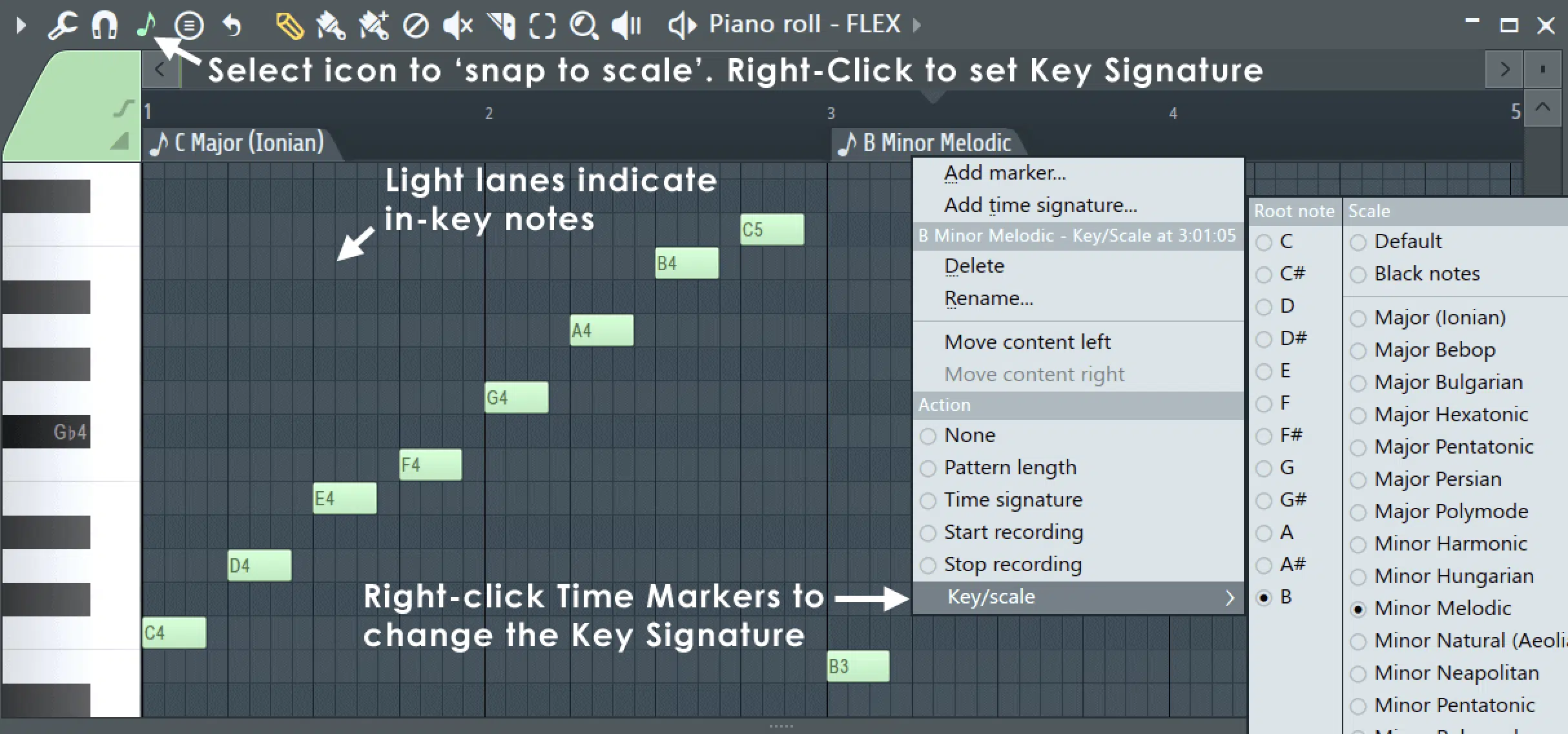
As digital producers, you most likely know how beneficial the piano roll in a DAW (Digital Audio Workstation) is an incredibly useful tool for key identification.
Start by isolating the melody or a prominent musical line and then examine the notes displayed in the piano roll.
Most DAWs allow you to see all the same notes that have been played 一 making it easy to determine which scale they belong to.
For instance, if the piano roll shows notes primarily from the G major scale (G, A, B, C, D, E, F#), the song is likely in G major.
NOTE: Some DAWs, like Ableton Live, even allow you to limit the piano roll to display only the notes within a certain key, making it even easier to confirm the key of a song.
This one is perfect for electronic music producers who work with MIDI and samples, as it provides a visual way to find the key without relying solely on ear training.
Using the piano roll not only helps with key identification but also enhances your understanding of how the tonal center shapes the harmonic structure of a track.
- Pro Tip For Learning How To Tell What Key a Song is in With This Method
If your DAW has a scale highlighting feature, use it to lock the piano roll into specific major or minor scales. This helps you stay within the correct key when adding new notes or chords to your track for harmonic consistency.
#9. Transcribe the Song
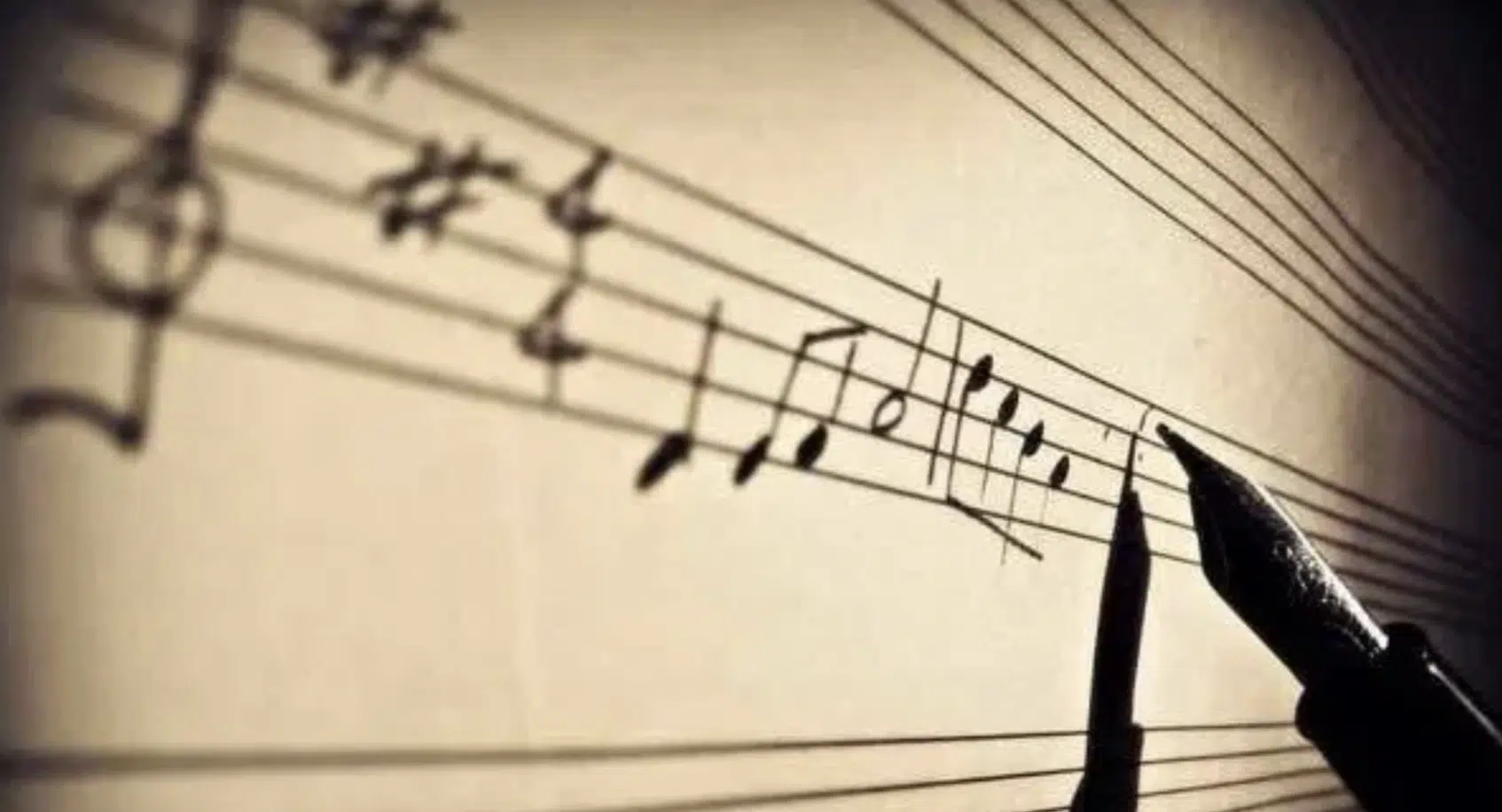
Transcribing a song (manually writing down the melody, chords, and bassline) is a more advanced but highly effective method for key identification.
If you feel like a challenge, start by listening to the song multiple times and jotting down the notes and chords as you hear them.
Once you have a complete transcription, analyze the chord progressions and the melody to determine the tonic note.
For example, if the chord progression repeatedly resolves to a C major chord and the melody ends on C, the song is likely in C major.
It won’t only helps you find the key but also deepens your understanding of song structure as a whole, making it easier to create:
- Remixes
- Covers
- Original compositions inspired by the track
Transcription is a skill that improves with practice, and the more you transcribe, the quicker you’ll become at identifying the key and other musical elements by ear.
It’s also a fantastic way to lock down essential music theory concepts like major and minor scales, key signatures, and tonic notes.
Just keep in mind that this one really isn’t for first learning how to tell what key a song is in, it’s for enhancing your already existing skills.
- Pro Tip For Learning How To Tell What Key a Song is in With This Method
When transcribing, focus on the first chord and the song’s end. These are usually strong indicators of the key as they often resolve to the tonic note. Also look for recurring chord progressions that might reveal the key.
#10. Listen for the Resolution

Listening for the resolution is a classic method for learning how to tell the key of a song, and it’s based on the idea that music naturally resolves to the tonic note.
To use this method, pay close attention to the moments in the song where the melody or chord progression feels like it’s “coming home” or achieving a sense of closure.
For instance, in G major, the melody might frequently resolve to the note G and the chords to a G major chord.
This sense of resolution is a strong indicator that the song is in G major.
Another clue is the last chord of the song, which often lands on the tonic note and can help you confirm the key.
This method is a big one in Western music, where tonal centers and key signatures play a huge role in the structure of a piece.
By training your ear to recognize these moments of resolution, you can quickly and accurately find the key of many songs.
Over time, this skill will become second nature, allowing you to identify the key even in more complex musical compositions.
- Pro Tip For Learning How To Tell What Key a Song is in With This Method
If the resolution doesn’t occur on a clear tonic note, try listening for where the song ends. The final note or last chord (like the i chord) is usually the tonal center and provides a strong clue about the key. If you’re producing slower tracks where resolution is huge, it’s great.
How to Tell What Key a Song is in: Final Thoughts
Learning how to tell what key a song is in can be a little challenging at first.
But now, you have 10 solid ways to really hone in on the key of any track and make sure your productions are always on point.
It does take practice and patience, especially if you’re not relying on digital software, so, if you’re trying a more classic approach, don’t get overwhelmed or frustrated.
Just keep practicing, trust your ear, and make sure to familiarize yourself with the basics of music theory and chord progressions.
And remember, it’s all about matching your unique workflow and playing to your strengths.
As an added bonus, since we talked so much about chord progressions, you’ve got to check out these legendary Essential Advanced MIDI Chord Progressions.
This pack is completely free and includes 24 unique, show-stopping MIDI chord progressions to take your track to the next level.
Plus, it will help you explore new keys and develop more complex harmonic structures in your music, which is always great.
These progressions take years of music theory experience to learn how to create, so you can skip all that and set yourself apart from 99% of producers who only use basic, boring options.
And yes, they’re all 100% royalty-free.
So, by mastering the techniques we covered today, you’ll be able to identify the key of any song with confidence, helping you elevate your production game.
Remember, the more you practice, the more natural it becomes 一 turning key identification into second nature.
Until next time…





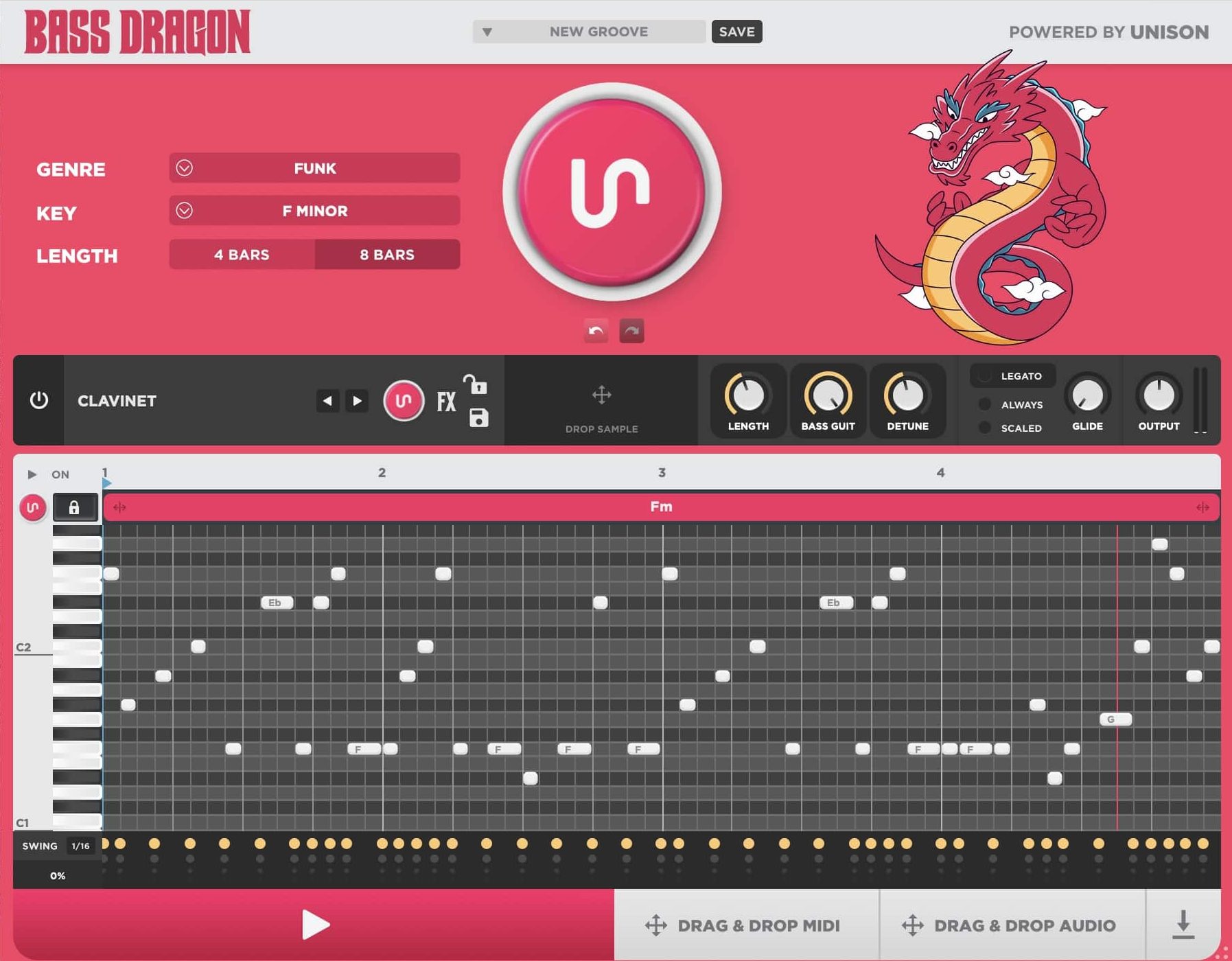


Leave a Reply
You must belogged in to post a comment.